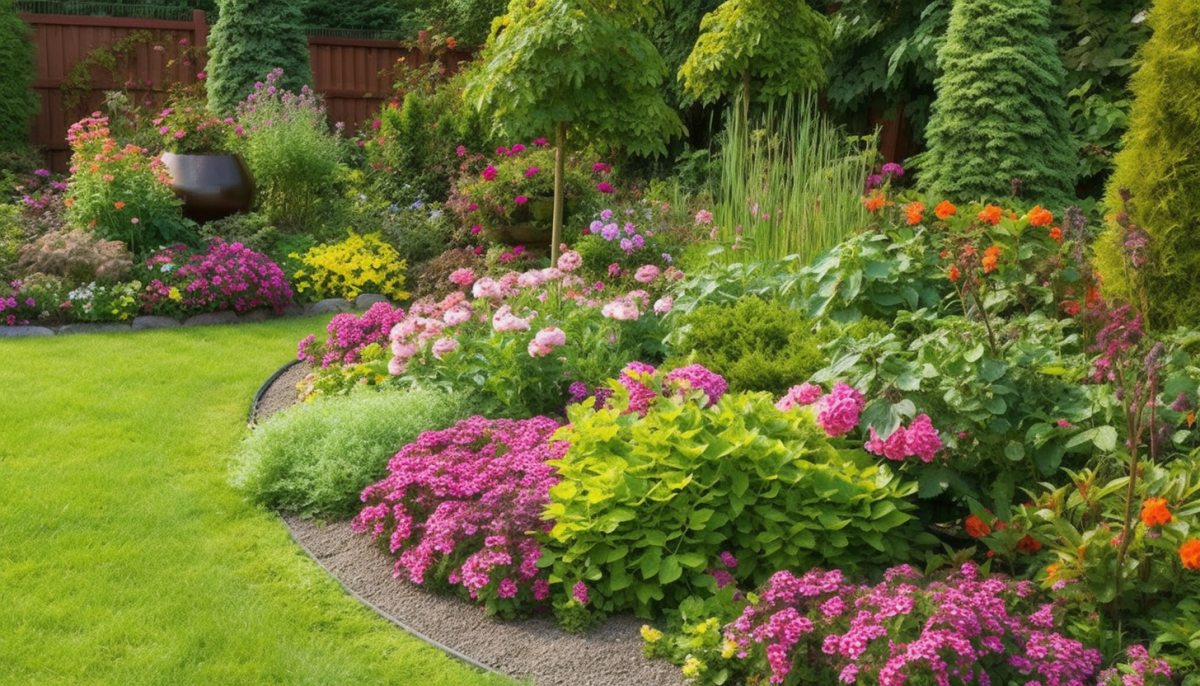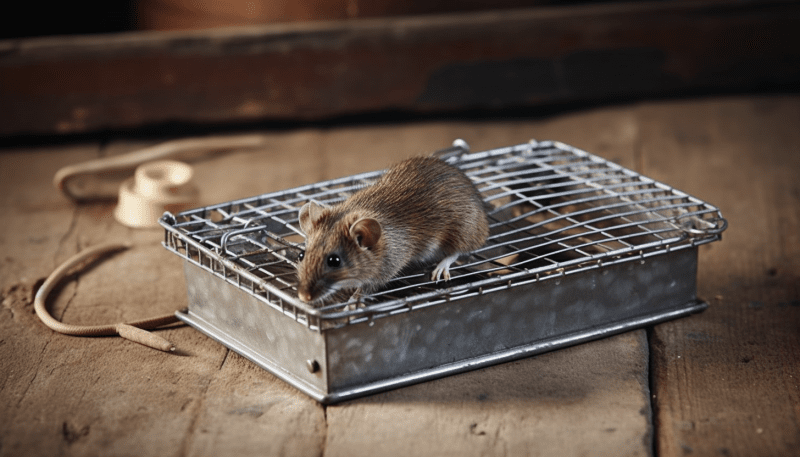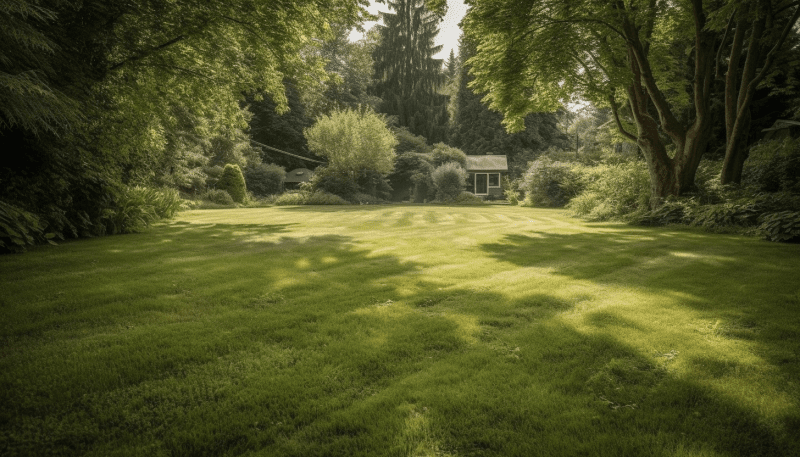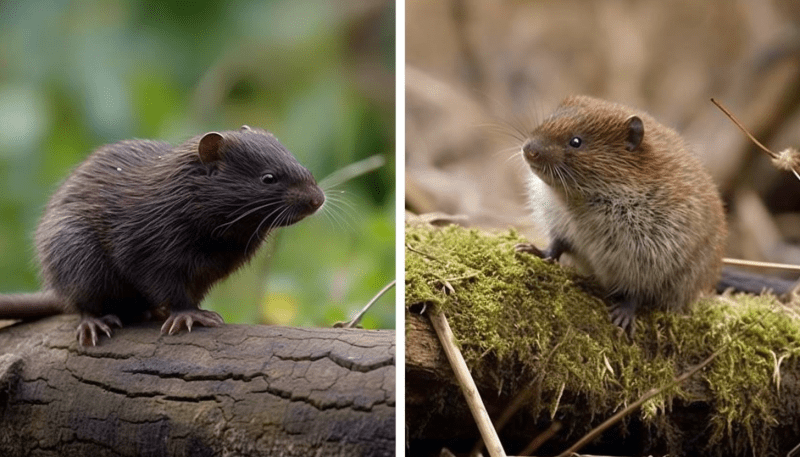When it comes to controlling fleas and ticks in your yard, prevention is key. Start by keeping your lawn well-maintained. Regular mowing not only makes your yard look neat, but it also reduces the places where fleas and ticks can hide. Aim to keep your grass short and remove any debris, such as leaves and tall grass, which provide perfect hiding spots for these pests.
Another effective method is to create a barrier using plant materials that naturally repel fleas and ticks. Plants like lavender, rosemary, and marigolds not only add beauty to your garden but also deter these unwanted guests. Consider incorporating these plants into your landscaping for added protection.
In addition to natural prevention methods, you might want to explore professional treatments or pesticides specifically designed for flea and tick control. Be sure to choose products that are safe for pets and children, and follow the application guidelines closely. Treating your yard at the beginning of the flea and tick season can set the tone for a pest-free outdoor environment throughout the summer.
Another fun option is to invite nature’s own pest controllers into your yard. Birds, such as chickens and guineas, can help keep flea and tick populations in check by foraging through the grass and underbrush. By encouraging these critters to roam freely, you can naturally manage pest populations while benefiting from their presence in your garden.
Natural Methods to Keep Pests Away
Keeping your yard free from fleas and ticks can be a challenge, but there are several natural methods you can employ. One effective approach is to use essential oils. Certain essential oils, such as lavender, peppermint, and eucalyptus, are known for their pest-repellent properties. You can create a simple spray by mixing a few drops of these oils with water in a spray bottle. Lightly mist your yard, focusing on areas where pests are likely to hide, like shrubs and shaded spots.
Another great natural method involves introducing beneficial insects to your yard. Ladybugs and lacewings, for instance, feed on aphids and other pests that can attract fleas and ticks. By encouraging these helpful insects, you can create a balanced ecosystem that naturally keeps pest populations in check. You can attract them by planting flowers such as marigolds and daisies, which provide nectar and habitat.
Maintaining a clean yard is also crucial in keeping fleas and ticks at bay. Regularly mowing your lawn and trimming back overgrown vegetation can help reduce hiding spots for these pests. Raking up leaves and debris, where fleas and ticks like to breed, is essential as well. Additionally, consider creating a barrier of wood chips or gravel around your yard to further discourage unwanted pests from crossing into your outdoor space.
Lastly, while keeping your yard clean and introducing beneficial insects are effective, you shouldn’t overlook the power of natural repellents like diatomaceous earth. This fine, powdery substance is made from fossilized marine phytoplankton and can be sprinkled in areas of your yard where pests are most problematic. Diatomaceous earth works by dehydrating insects, making it a safe and non-toxic method of pest control.
Best Products for Outdoor Pest Control
One top choice is the use of granules, such as diatomaceous earth or cedarwood chips. Diatomaceous earth is a natural powder that works by dehydrating insects upon contact. Simply spread it around your yard, especially in areas where your pets frequently roam. Cedarwood chips not only repel fleas and ticks with their natural oils but also add a pleasant scent to your outdoor space.
If you're looking for a more hands-on approach, consider investing in a high-quality outdoor spray. These sprays can be specifically formulated to eliminate fleas and ticks on contact and provide residual protection. Look for products containing natural ingredients like neem oil or essential oils, which are effective yet safe for use around children and pets.
For those who want an easy, long-lasting solution, nematodes are a fantastic option. These microscopic worms are beneficial nematodes that seek out and feed on flea larvae in the soil. You can apply them directly to your yard, and they will establish themselves, continually working to reduce the flea population, making your yard a safer place.
Lastly, consider using flea traps and tick repellent stakes. Flea traps attract and capture fleas using light and heat, while tick repellent stakes may utilize natural repellents like citronella. These products can help monitor and manage pest populations, making yard maintenance easier and more effective.
Preventive Tips for a Pest-Free Yard
Keeping your yard free of pests like fleas and ticks starts with some simple preventive measures. First and foremost, maintain your grass at a height of about two to three inches. Shorter grass can create a perfect environment for these pests, while longer grass can help discourage them by reducing the amount of sunlight that reaches the ground.
Another effective tip is to regularly clean your yard. Remove any debris, such as leaves, sticks, and old mulch, where pests like to hide. Additionally, trim back any overgrown shrubs or plants, which can provide shelter for fleas and ticks. By keeping your yard tidy, you create a less inviting environment for these unwanted guests.
Consider creating a barrier between your yard and wooded areas or tall grasses by using gravel or mulch. This can help deter ticks from entering your space. Furthermore, adding plants that naturally repel fleas and ticks, like marigolds and lavender, can enhance your yard's defenses against these pesky insects.
Finally, regularly check your pets for fleas and ticks, especially after they’ve spent time outdoors. Bathing your pets and keeping their living area clean can significantly reduce the risk of bringing these pests into your home. By following these preventive tips, you can enjoy a pest-free yard where you and your family can relax and play.



